Frozen chicken and pork are typical items in many homes and companies, especially for people who value convenience and time over all else. However, using the proper handling and storage methods is necessary to guarantee the quality and freshness of these frozen meats. With this, learn doable tactics to keep frozen pork and chicken in Singapore at their best quality.
1. Choose Reliable Suppliers
Selecting reputable suppliers is paramount to ensuring the quality and freshness of frozen chicken and pork in Singapore. Opt for suppliers known for their adherence to strict food safety standards and regulations. Look for certifications such as the AVA (Agri-Food and Veterinary Authority) accreditation, which guarantees that the products meet stringent hygiene and safety requirements. Reliable suppliers typically offer high-quality frozen meats that undergo rigorous inspection processes, ensuring that you receive products of the utmost freshness.
2. Proper Packaging
The frozen chicken and pork packaging plays a crucial role in maintaining their freshness during storage and transportation. Ensure that the products are securely sealed in airtight packaging to prevent exposure to air and moisture, which can lead to freezer burn and deterioration in quality. Vacuum-sealed packaging is particularly effective in preserving the flavour and texture of frozen meats, extending their shelf life while retaining their freshness.
3. Optimal Storage Conditions
Maintaining the appropriate storage conditions is essential for preserving the freshness of frozen chicken and pork. Set your freezer temperature to 0°F (-18°C) or below to ensure the meats remain frozen solid. Avoid frequent temperature fluctuations by minimising the opening and closing of the freezer door. Additionally, organise your freezer to allow proper air circulation around the frozen meats, preventing uneven freezing and potential spoilage.
4. FIFO (First In, First Out) Method
Adopting the FIFO method ensures that older batches of frozen chicken and pork in Singapore are used first, minimising the risk of spoilage and wastage. Label each package with the date of purchase or production to track their shelf life accurately. Place newer purchases at the back of the freezer and older ones at the front, making it easier to rotate your inventory and consume the oldest products before they expire.
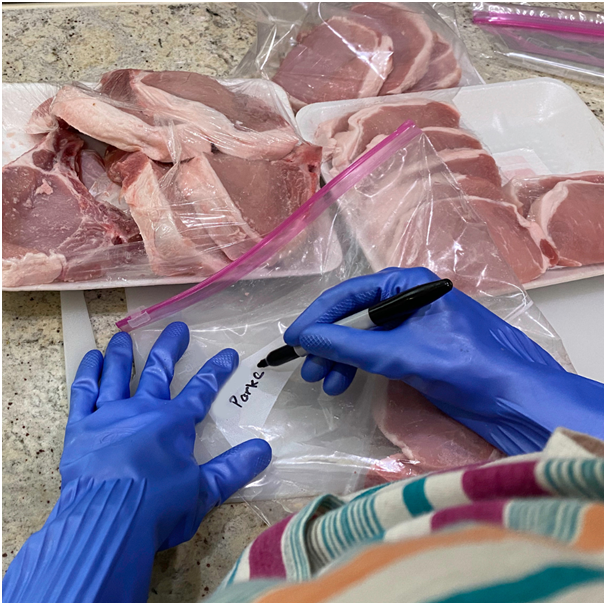
5. Thawing Techniques
Proper thawing techniques are crucial for preserving the texture and flavour of frozen chicken and pork. Avoid thawing at room temperature, as this can promote bacterial growth and compromise food safety. Instead, thaw the meats safely in the refrigerator or using the defrost setting on your microwave. For faster thawing, submerge the sealed packages in cold water, ensuring that the water is changed every 30 minutes to maintain a safe temperature
6. Hygiene Practices
Maintaining strict hygiene practices is essential when handling frozen chicken and pork to prevent cross-contamination and foodborne illnesses. Wash your hands thoroughly with soap and water before and after handling raw meats. Use separate cutting boards and utensils for raw and cooked foods to avoid contamination. Clean and sanitise all surfaces and equipment used in preparing frozen meats to minimise the risk of bacterial contamination.
7. Cook Thoroughly
Proper cooking is paramount to ensure the safety of frozen chicken and pork. Thawed meats should be cooked promptly and thoroughly to kill any bacteria that may be present. Use a meat thermometer to ensure that the internal temperature reaches the recommended safe levels: 165°F (74°C) for chicken and 145°F (63°C) for pork. Avoid consuming undercooked meats, as they pose a risk of foodborne illness.
8. Regular Inspections
Periodic inspections of your freezer and frozen meat inventory are essential to identify any signs of spoilage or deterioration. Check for any unusual odours, discolouration, or freezer burn on the packaging, as these may indicate that the meats have lost their freshness. Dispose of any questionable products promptly to prevent the spread of contamination to other items in your freezer.
Conclusion
It takes a mix of good handling, storage, and cleanliness procedures to keep frozen chicken and pork in Singapore fresh. You may confidently enjoy premium frozen meats by selecting trustworthy sources, ensuring appropriate packaging and storage conditions, and adhering to safe thawing and cooking procedures. By implementing these techniques, you can maintain the flavour and freshness of your favourite pork and chicken dishes, guaranteeing a delightful meal every time.
Don’t settle for less when it comes to your meals. Visit YSH Farm to browse frozen meat products that guarantee each bite is a culinary delight.

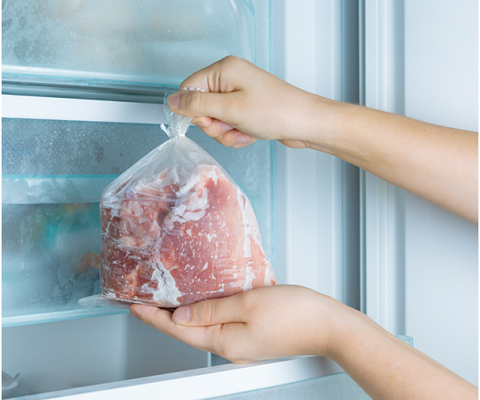
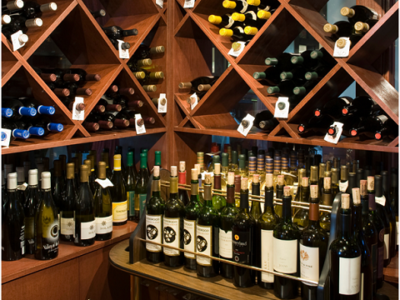
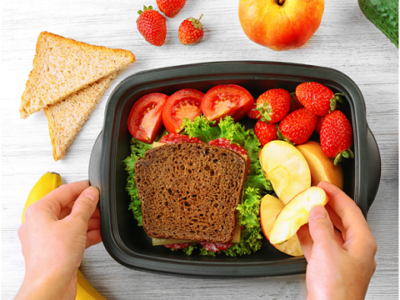


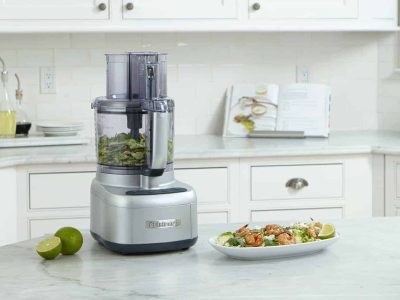






Comments